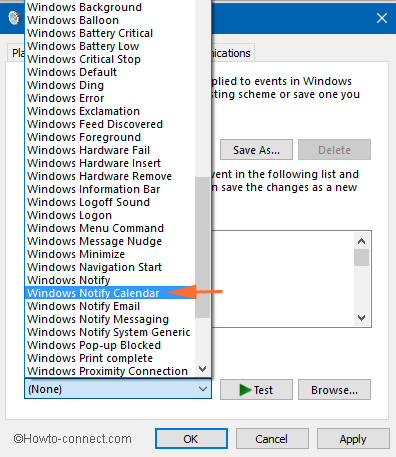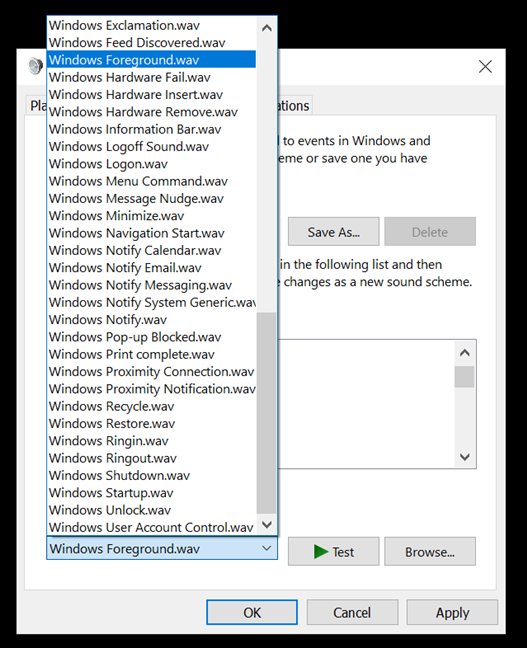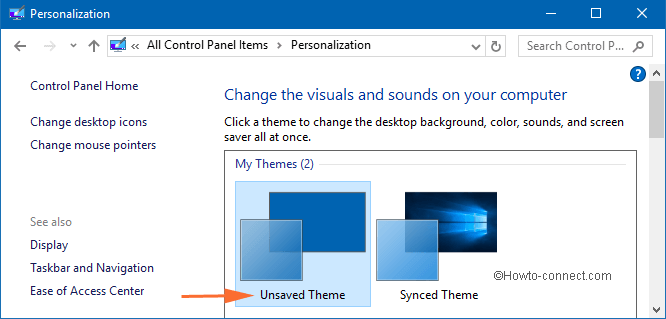

Make sure the color bit-depth (dropdown on right) is set to fit enough colors for the palette you chose. MS Paint does not allow palette importing, use PNG Files. Click the L on the Save/Load button ( ) from the bottom menu.Find the palette file you downloaded and click Open.Make sure the Swatches panel is open by clicking Window from the file menu and clicking Swatches.Download your palette in ASE format and save it to your computer.Resize the document to give you room to pixel.Open the palette file as a document (typically under File > Open).

from the menu and save it somewhere on your computer
Paste in your palette either through the file menu or with Ctrl + V. Click the + icon from the left section, and use the box that appears next to select and upload the music file you want to convert. Select Copy image from the menu (or something similar) Open your favorite web browser, go to Media.io, click Online Tools from the menu bar at the top, and click Audio Converter from the Audio section. Download the PNG file of your selected palette. You import the palette as pixels onto your canvas and then can use the eyedropper tool to select colors. Listening to the conventional sound schemes on your PC can be boring. This is the easiest way to import a palette into most programs. It will ask you which software to use, then launch it in your desired app. This new feature allows you to open a pallete directly in any supporting software without having to download anything! All you have to do is install an app that integrates with Lospec, and click the new Open in app. However, remember that when applying Windows Themes, sometimes some of them may include custom sounds that can override your settings (even re-enable sounds if you've previously disabled them), and these steps can also come in handy if you don't like the new sounds and you want to go back to the default settings.TEXT LINK TEXT How To Import A Palette Open In App Once you've completed the steps, Windows 10 will use the new custom configuration. You can even click the Test button to know exactly the sound you're selecting, and it's also possible to click the Browse button to add a custom sound as long as it's a. Changing sound events: Under "Program Events," click the event you want to change, and using the drop-down menu select a sound from the list. Disable sound effects: Using the "Sound Scheme" drop-down menu, select No Sounds.Įnable sound effects: Using the "Sound Scheme" drop-down menu, select Windows Default. In the "Sounds" tab, you can disable system sounds completely or customize each one just the way you want: Quick Tip: You can also get access to these settings by right-clicking the speaker icon in the notification area and clicking Sounds. Right-click on the Unsaved Theme icon and choose either Save theme or Save theme for sharing. Choose the sound-scheme you just saved, and click Apply. Click Sounds to open the Sound control panel. 
How to customize Windows 10's sound effects Click on the theme that you want to add the sound-scheme to.







 0 kommentar(er)
0 kommentar(er)
